Home>Garden Essentials>Which Ground Cover Is Best For Full Sun
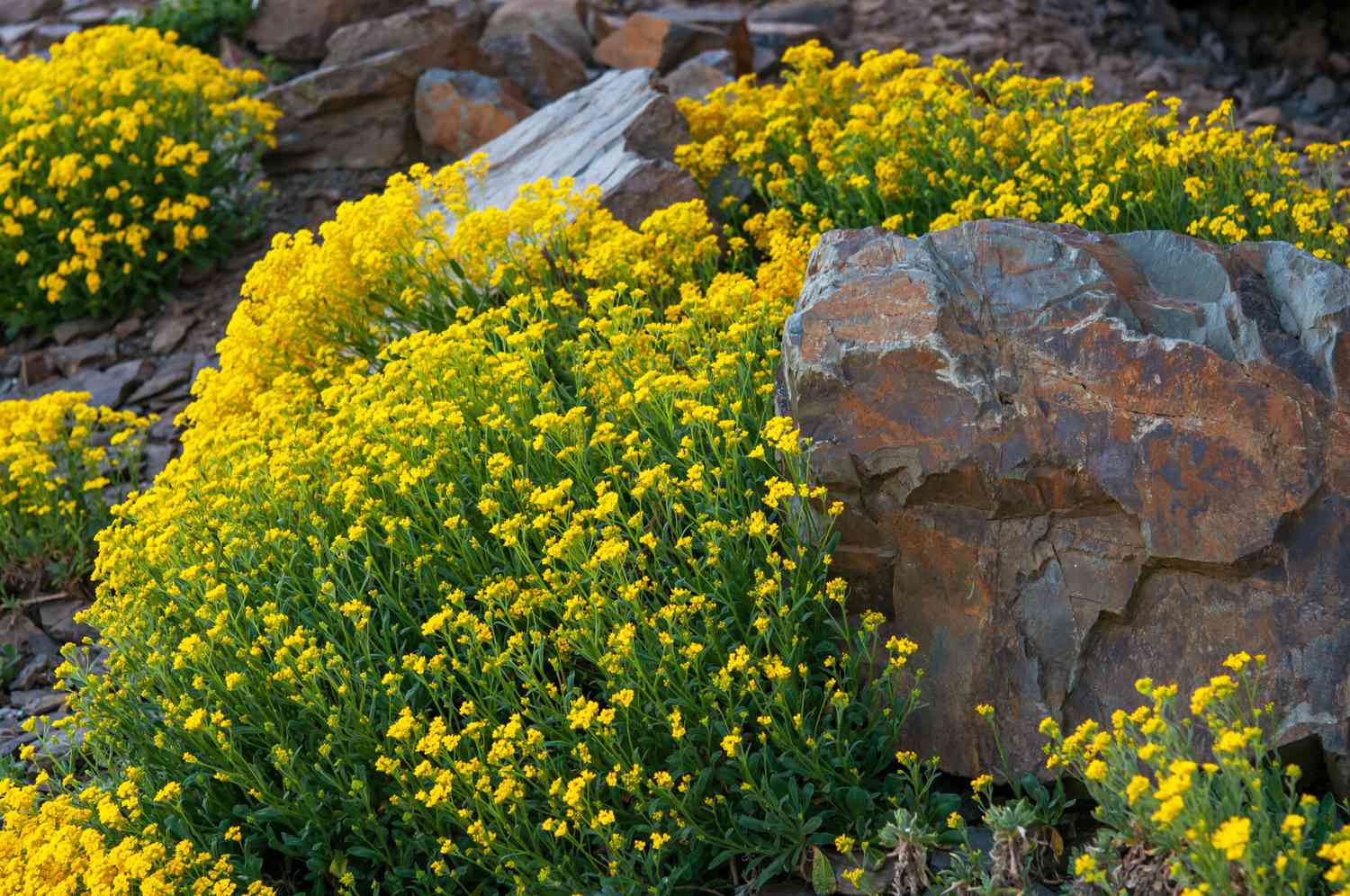

Garden Essentials
Which Ground Cover Is Best For Full Sun
Modified: May 6, 2024
Discover the perfect ground cover for full sun in your garden. Explore various options and find the best solution to enhance your outdoor space.
(Many of the links in this article redirect to a specific reviewed product. Your purchase of these products through affiliate links helps to generate commission for Storables.com, at no extra cost. Learn more)
Introduction
Choosing the right ground cover for areas in full sun is essential for creating a vibrant and attractive garden. Not only do ground covers add aesthetic appeal to your outdoor space, but they also serve practical purposes such as preventing soil erosion and suppressing weed growth. However, not all ground covers thrive in full sun conditions, as intense sunlight and high temperatures can be challenging for many plants.
When selecting ground covers for full sun areas, it’s crucial to consider factors such as drought tolerance, heat resistance, and soil requirements. By choosing the appropriate ground cover, you can create a low-maintenance landscape that thrives in sunny conditions and enhances the overall beauty of your garden.
In this article, we will explore different types of ground covers that are well-suited for full sun areas and discuss how to choose the best option for your specific needs.
Key Takeaways:
- Choose ground covers like creeping thyme and sedum for full sun areas. Consider drought tolerance, soil type, and maintenance needs to create a vibrant and low-maintenance garden.
- Ground covers like lantana and moss rose thrive in full sun, adding color and attracting pollinators. Select based on heat resistance and wildlife benefits for a lively garden.
Read more: Which Grass Ground Cover Is The Best?
Factors to Consider for Ground Covers in Full Sun
When selecting ground covers for full sun areas, there are several important factors to consider to ensure the success and longevity of your garden. By keeping these factors in mind, you can choose the most suitable ground cover that will thrive in the intense sunlight and heat.
1. Sun Exposure: Full sun areas receive at least 6 hours of direct sunlight per day. It’s essential to select ground covers that are specifically labeled as “full sun” tolerant to ensure they can handle the intense heat and sunlight without burning or wilting.
2. Drought Tolerance: Full sun areas often experience dry conditions, so choosing ground covers that are drought-tolerant is crucial. Look for plants that have adapted to arid climates and have the ability to store water in their leaves or roots.
3. Soil Conditions: Consider the soil type in your garden, as it can vary from sandy to clayey. Some ground covers prefer well-draining soil, while others can tolerate a wider range of soil conditions. Ensure your chosen ground cover is suitable for the soil type in your garden.
4. Growth Habit: Each ground cover has its own growth habit, including spreading via runners, clumping, or trailing. Consider the growth habit you desire for your garden and select a ground cover that aligns with your preferences.
5. Maintenance Requirements: Evaluate the level of maintenance you are willing to undertake for your ground cover. Some plants may require regular pruning, trimming, or fertilization, while others are low-maintenance and require minimal care.
6. Climate Compatibility: Consider the climate in your region and choose ground covers that are known to thrive in your particular climate. Some ground covers are more suitable for hot and dry climates, while others prefer cooler temperatures.
By taking these factors into account, you can narrow down your options and choose the best ground covers that will not only withstand the full sun conditions but also thrive and enhance the beauty of your garden.
Types of Ground Covers for Full Sun
When it comes to choosing ground covers for full sun areas, there are several options that can provide both beauty and functionality to your garden. Here are nine popular types of ground covers that thrive in full sun conditions:
- Creeping Thyme: This low-growing perennial produces aromatic foliage and colorful flowers. Creeping thyme is drought-tolerant and can withstand full sun, making it an excellent ground cover choice for rock gardens or pathways.
- Sedum: Sedums, also known as stonecrops, are succulent plants that come in various colors and textures. They are extremely drought-tolerant and can tolerate intense sunlight. Sedums are ideal for dry slopes or areas with poor soil.
- Lantana: Lantana is a versatile ground cover that produces clusters of vibrant, butterfly-attracting flowers. It thrives in full sun and is heat-tolerant, making it a great choice for sunny borders or containers.
- Creeping Juniper: Creeping juniper is an evergreen ground cover that forms a dense mat of foliage. It can withstand full sun and is highly drought-tolerant. Creeping juniper is ideal for erosion control on slopes or as a low-maintenance option in large areas.
- Periwinkle: Periwinkle, also known as Vinca minor, is a fast-spreading ground cover with glossy green leaves and delicate blue or white flowers. It thrives in full sun to partial shade and is tolerant of various soil conditions.
- Ice Plant: Ice plant is a succulent ground cover that produces vibrant, daisy-like flowers in various colors. It is drought-tolerant, heat-loving, and thrives in full sun. Ice plant is perfect for coastal areas or rock gardens.
- Ornamental Grasses: Ornamental grasses, such as blue fescue or fountain grass, can be used as ground covers in full sun areas. They provide texture and movement to the landscape while being low-maintenance and drought-tolerant.
- Moss Rose: Moss rose, or Portulaca, is a colorful and heat-loving ground cover that thrives in full sun. It produces vibrant flowers in various shades and is well-suited for containers, rock gardens, or dry areas.
- Verbena: Verbena is a versatile ground cover that produces clusters of small, colorful flowers. It prefers full sun and is drought-tolerant. Verbena is a great option for border edges or trailing over walls or containers.
These are just a few examples of the many ground covers available for full sun areas. Each type has its own unique characteristics, so consider your specific needs and preferences when selecting the most suitable option for your garden.
Creeping Thyme
Creeping thyme, also known as Thymus serpyllum, is a popular ground cover choice for full sun areas. This versatile perennial herb is well-known for its aromatic foliage and stunning clusters of flowers. Here are some key features and benefits of creeping thyme:
- Drought-tolerant: Creeping thyme is highly adaptable to dry conditions, making it an excellent choice for full sun areas that receive limited rainfall. Once established, it requires minimal watering.
- Heat tolerance: This ground cover can withstand high temperatures and intense sunlight without wilting or scorching. It thrives in hot climates.
- Low-growing and spreading: Creeping thyme forms a dense, low-growing mat of foliage that spreads easily along the ground. It is an attractive option for filling in gaps between stepping stones or covering bare patches in the garden.
- Aromatic foliage: The tiny leaves of creeping thyme release a delightful fragrance when brushed against or crushed. It adds a sensory element to your garden and can be enjoyed when walking through the area.
- Colorful flowers: Creeping thyme produces clusters of small, tubular flowers in shades of pink, purple, lavender, or white, depending on the variety. These flowers create a stunning display and attract pollinators such as bees and butterflies.
- Low-maintenance: Once established, creeping thyme requires minimal maintenance. It is a hardy plant that can withstand neglect and is relatively resistant to diseases and pests.
- Soil preference: Creeping thyme prefers well-draining soil and is adaptable to various soil types, including sandy or rocky soil. It can tolerate slightly acidic to alkaline soil conditions.
- Versatility: Creeping thyme can be used in various ways, including as a ground cover in rock gardens, between pavers, in border plantings, or in containers. Its low-growing habit and vibrant flowers lend themselves to different landscaping styles.
When planting creeping thyme, ensure you provide enough space for it to spread and establish. Regular pruning after flowering can help maintain a neat appearance and encourage new growth. Additionally, occasional light watering during prolonged dry spells can help promote healthy growth.
Overall, creeping thyme is an excellent choice for full sun areas due to its drought tolerance, heat resistance, and ability to form an attractive ground cover with fragrant foliage and colorful flowers. Consider incorporating this versatile herb into your garden to enhance its beauty and functionality.
Sedum
Sedums, also known as stonecrops, are a diverse group of succulent plants that make excellent ground covers for full sun areas. With their fleshy leaves and vibrant flowers, sedums bring both beauty and resilience to any garden. Here are some key features and benefits of using sedum as a ground cover:
- Drought-tolerant: Sedums are known for their ability to adapt to dry conditions. Their succulent leaves store water, enabling them to withstand periods of drought without withering. This makes sedums a perfect choice for full sun areas that experience limited rainfall or dry soil.
- Heat resistance: Sedums are naturally suited to thrive in intense sunlight and high temperatures. They can handle the heat without suffering from scorching or wilting, making them ideal for sun-drenched gardens.
- Low-maintenance: Once established, sedums require minimal maintenance. They are generally pest-resistant and can tolerate neglect. Occasional trimming to maintain their shape and remove any dead foliage or spent flowers is all that is needed.
- Variety of forms and colors: Sedums come in a wide range of shapes, sizes, and colors. From low-growing, carpet-like varieties to taller upright species, there is a sedum to suit every garden style. The foliage can be green, blue-gray, chartreuse, or even variegated. Sedums also produce clusters of charming star-shaped flowers in shades of pink, red, white, or yellow.
- Soil adaptability: Sedums are adaptable to different soil types, including sandy, rocky, or poor soils. However, good drainage is crucial as they dislike excessive moisture. Their ability to thrive in various soil conditions makes them versatile for a range of garden situations.
- Attracts pollinators: Sedums produce nectar-rich flowers that attract pollinators, such as bees, butterflies, and other beneficial insects. Adding sedums to your garden will not only provide visual interest but also support the local ecosystem.
- Propagation: Sedums are easy to propagate, making them an economical choice for ground covers. They can be grown from stem cuttings, division, or from seeds, allowing you to expand your sedum collection or share it with friends and neighbors.
Sedums can be used as ground covers in various settings, including rock gardens, slopes, borders, and containers. Their ability to form dense mats of foliage and display colorful flowers makes them effective for suppressing weeds and adding visual appeal to the landscape.
When planting sedums, ensure they have well-draining soil and provide adequate spacing between plants, as sedums tend to spread and fill in spaces over time. Water newly planted sedums regularly until they establish a strong root system, and then gradually reduce watering to encourage drought tolerance.
With their hardy nature, attractive foliage, and vibrant blooms, sedums are a reliable choice for full sun areas. Incorporating these versatile succulents into your garden will not only enhance its beauty but also ensure thriving vegetation that can withstand the challenges of harsh sunlight and dry conditions.
Read more: What Grass Seed Is Best For Full Sun
Lantana
Lantana is a versatile and colorful ground cover that thrives in full sun areas. With its eye-catching flowers and ability to tolerate heat and drought, lantana is a popular choice for adding vibrancy and beauty to gardens. Here are some key features and benefits of using lantana as a ground cover:
- Colorful and abundant flowers: Lantana plants produce clusters of small, vibrant flowers that come in a wide range of colors, including shades of orange, yellow, red, and purple. The flower clusters are abundant, creating a colorful and attractive display in the garden.
- Heat and sun tolerance: Lantana is highly tolerant of heat and thrives in full sun conditions. It can endure high temperatures without wilting or fading, making it an excellent choice for sunny areas that receive intense sunlight.
- Drought-tolerant: Lantana has good drought tolerance once established. It possesses deep roots that enable it to search for water deep in the soil, allowing the plant to withstand extended periods without rainfall.
- Attracts pollinators: The vibrant flowers of lantana are known to attract various pollinators, including butterflies, bees, and hummingbirds. By incorporating lantana into your garden, you can create a haven for these beneficial creatures and contribute to the local ecosystem.
- Low maintenance: Lantana is a relatively low-maintenance ground cover. It is generally resistant to pests and diseases, reducing the need for frequent monitoring and treatments. Lantana requires occasional pruning to maintain its shape and remove spent flower clusters.
- Versatility: Lantana can be used in various garden settings, including borders, containers, and hanging baskets. It can also be trained to climb on trellises or planted as a ground cover on slopes. Its trailing habit and vibrant flowers make it a versatile choice for different garden styles.
- Long-lasting blooms: Lantana flowers have a long blooming period, providing continuous color throughout the growing season. Its ability to produce abundant flowers ensures an extended period of visual interest in the garden.
- Tolerates various soil types: Lantana can adapt to a range of soil types, including well-draining sandy or loamy soils. However, it is important to ensure that water does not accumulate around the plant’s roots, as excessive moisture can lead to root rot.
When planting lantana, be sure to choose a location with full sun exposure. Provide well-draining soil and water regularly during its establishment period. Once established, lantana requires less frequent watering, making it an ideal choice for water-wise gardens.
With its vibrant flowers, heat tolerance, and drought resistance, lantana is a fantastic ground cover option for full sun areas. Incorporating lantana into your garden will not only add a splash of color but will also attract pollinators and create a lively and vibrant outdoor space.
Creeping Juniper
Creeping juniper (Juniperus horizontalis) is a versatile evergreen ground cover that thrives in full sun areas. With its low-growing, spreading habit and attractive foliage, creeping juniper is an excellent choice for adding texture and visual appeal to your garden. Here are some key features and benefits of using creeping juniper as a ground cover:
- Drought tolerance: Creeping juniper is highly drought-tolerant once established. It has the ability to withstand periods of limited water without compromising its robust growth, making it well-suited for full sun areas with infrequent rainfall or water restrictions.
- Heat resistance: Creeping juniper is well-adapted to intense sunlight and high temperatures. It can thrive in hot climates without suffering from sunburn or wilting, making it a reliable ground cover option for sunny locations.
- Soil erosion control: The dense, low-growing mat formed by creeping juniper helps control soil erosion on slopes or areas with loose soil. Its trailing branches with overlapping foliage provide stability to the soil and prevent runoff during heavy rain.
- Year-round interest: Creeping juniper maintains its attractive green foliage year-round, providing visual interest even during the winter months. Its evergreen nature adds color and texture to the garden throughout the year.
- Low maintenance: Once established, creeping juniper requires minimal maintenance. It is a hardy and low-maintenance ground cover that can tolerate neglect and unfavorable conditions. Occasional pruning may be required to maintain its shape and remove any dead or damaged branches.
- Attractive foliage: Creeping juniper has scale-like leaves that are typically green or blue-green in color. The foliage can have a soft texture and emits a pleasant fragrance when touched or brushed against, adding sensory appeal to your garden.
- Versatile use: Creeping juniper is suitable for various landscape uses. It can be planted as a ground cover in large areas, including slopes, rock gardens, or open spaces. It can also be used as a border or edging plant to define pathways or garden beds.
- Deer resistance: Creeping juniper is known to be deer-resistant, making it a suitable ground cover option in areas where deer browsing is a concern.
When planting creeping juniper, ensure that the soil is well-drained to prevent excess moisture around the roots. This ground cover prefers sandy or rocky soil conditions and may struggle in heavy clay soils. It is important to water newly planted creeping juniper regularly until it becomes established, after which it will require minimal supplemental watering.
By incorporating creeping juniper into your garden, you can enjoy its year-round beauty, low maintenance requirements, and ability to control soil erosion. Whether you’re looking to cover a large area or create borders, creeping juniper is a reliable and visually appealing choice for full sun locations.
Consider using low-growing, drought-tolerant ground covers like creeping thyme, sedum, or ice plant for full sun areas. These plants will help to conserve moisture and reduce weed growth while adding visual interest to your landscape.
Periwinkle
Periwinkle, also known as Vinca minor, is a popular ground cover option for full sun areas. With its glossy evergreen leaves and delicate flowers, periwinkle adds charm and beauty to any garden. Here are some key features and benefits of using periwinkle as a ground cover:
- Adaptability to full sun: While periwinkle can tolerate partial shade, it also thrives in full sun conditions. It can handle the intense sunlight without wilting or the leaves losing their deep green color, making it an excellent choice for sunny areas.
- Low-maintenance: Periwinkle is a low-maintenance ground cover once established. It requires minimal care and is relatively pest-free. Regular watering during the initial establishment period and occasional pruning to keep it in check are typically all that is needed.
- Ground coverage: Periwinkle spreads quickly and forms a dense mat of trailing stems, covering the ground effectively and suppressing weed growth. Its spreading habit makes it an ideal choice for filling gaps between larger plants or carpeting large areas of the garden.
- Year-round foliage: Periwinkle retains its glossy, deep green leaves year-round, adding visual interest even during the winter months. This evergreen characteristic ensures that your garden remains vibrant and colorful throughout the year.
- Delicate flowers: Periwinkle produces charming, star-shaped flowers in shades of blue, purple, or white, depending on the variety. These dainty blooms add a lovely touch of color and attract pollinators like butterflies and bees.
- Soil adaptability: Periwinkle is adaptable to a variety of soil types, including sandy, loamy, or clayey soils. It prefers well-draining soil but can tolerate moderately moist conditions. This versatility allows it to thrive in different garden settings.
- Low height: Periwinkle typically grows to a height of 6 to 8 inches, making it a suitable ground cover choice for areas where you want to maintain a low-profile appearance without overshadowing other plants.
- Easy propagation: Periwinkle is relatively easy to propagate, allowing you to expand its coverage in your garden or share it with friends and neighbors. It can be propagated by division or stem cuttings.
When planting periwinkle, ensure that the soil is well-draining and amend heavy clay soils with organic matter to improve drainage. Water newly planted periwinkle regularly until it becomes established, and then water as needed during dry periods. Avoid overwatering, as excessive moisture can lead to root rot.
Periwinkle is a versatile and low-maintenance ground cover that adds beauty and functionality to your garden. Whether used as a border plant, filler between larger plants, or as a carpet-like ground cover, periwinkle brings year-round greenery and delicate flowers to your outdoor space.
Ice Plant
Ice plant, also known as Delosperma, is a succulent ground cover that thrives in full sun areas. With its unique foliage and vibrant flowers, ice plant adds a touch of beauty and resilience to any garden. Here are some key features and benefits of using ice plant as a ground cover:
- Drought tolerance: Ice plants are highly adapted to arid conditions and are known for their excellent drought tolerance. Their fleshy leaves store water, enabling them to survive extended periods without regular watering. This makes ice plant an ideal choice for full sun areas with limited rainfall or water restrictions.
- Heat resistance: Ice plant thrives in intense sunlight and can withstand high temperatures without wilting or suffering from sunburn. Its ability to thrive in hot climates makes it an excellent ground cover choice for sunny gardens.
- Colorful flowers: Ice plant produces stunning flowers in a wide range of colors, including shades of pink, purple, orange, yellow, and white. These vibrant flowers add a splash of color to the garden and attract pollinators such as butterflies and bees.
- Low-growing habit: Ice plants have a low-growing spreading habit, with trailing stems that form a dense mat of foliage. This growth habit allows them to effectively cover the ground and suppress weed growth, making them a practical choice for areas where you want low-maintenance coverage.
- Evergreen foliage: Ice plant has succulent, needle-like leaves that are typically green or gray-green in color. The foliage remains evergreen throughout the year, providing color and texture even during the winter months.
- Rock garden suitability: Ice plant is well-suited for rock gardens, where its low-growing habit and ability to thrive in lean soil make it an ideal choice. It can cascade over rocks, filling gaps and crevices, creating a picturesque and natural-looking landscape.
- Easy propagation: Ice plant is relatively easy to propagate, allowing you to increase its coverage or share it with other gardeners. It can be propagated from stem cuttings or the division of established plants.
- Low maintenance: Once established, ice plant is a low-maintenance ground cover. It requires minimal watering, pruning, and fertilization. However, regular removal of spent flowers can help promote continuous blooming.
When planting ice plant, make sure to provide well-draining soil and avoid overwatering, as excessive moisture can cause root rot. Water newly planted ice plants regularly until they become established, and then gradually reduce watering as they adapt to drier conditions.
With its drought tolerance, heat resistance, and colorful blooms, ice plant is a beautiful and resilient ground cover option for full sun areas. Incorporating ice plant into your garden will not only add visual interest and vibrant colors but also contribute to water-wise gardening practices.
Ornamental Grasses
Ornamental grasses are a diverse group of plants that make excellent ground covers for full sun areas. With their graceful foliage and airy plumes, ornamental grasses add texture, movement, and visual interest to any garden. Here are some key features and benefits of using ornamental grasses as ground covers:
- Adaptability to full sun: Many ornamental grasses thrive in full sun conditions and are well-suited to areas with direct sunlight. They can handle the intense heat and sunlight without wilting or fading, making them ideal for sunny locations.
- Low maintenance: Ornamental grasses are generally low-maintenance ground covers. Once established, they require minimal care and attention. They are relatively drought-tolerant and can withstand periods of limited water, reducing the need for frequent irrigation.
- Varied heights and forms: Ornamental grasses come in a range of sizes and forms, from low-growing varieties to tall, dramatic grasses. This versatility allows you to select the right grasses to suit your garden’s aesthetic and complement other plants in your landscape.
- Year-round interest: Many ornamental grasses provide interest throughout the seasons. While their foliage adds texture and beauty during the growing season, some varieties also feature attractive seed heads or plumes in the fall and winter. This adds visual interest and structure to the garden year-round.
- Flowing movement: The feathery or cascading foliage of ornamental grasses creates a sense of movement in the garden, especially with a gentle breeze. This adds a dynamic element to your landscape design.
- Habitat and privacy: Taller ornamental grasses can be used as screening or natural privacy barriers, providing an elegant way to separate specific garden areas or shield your outdoor space from prying eyes.
- Erosion control: Ornamental grasses with spreading or clumping habits can help control soil erosion on slopes or areas prone to erosion. Their extensive root systems help stabilize the soil, preventing runoff and loss of valuable topsoil.
- Wildlife attraction: Ornamental grasses offer additional benefits by attracting wildlife. They provide habitat, cover, and food sources for birds and beneficial insects. Grasses with seed heads can be a valuable winter food source for birds.
When planting ornamental grasses, ensure that you choose varieties suited for your specific climate and soil conditions. Some grasses prefer well-drained soil, while others can tolerate a range of soil types. Follow proper planting and spacing guidelines to allow for optimal growth and avoid overcrowding.
With their adaptability, low maintenance needs, and aesthetic appeal, ornamental grasses can transform your full sun areas into stunning landscapes. Whether used as a ground cover, focal point, or to add structural elements, ornamental grasses provide beauty and functionality to your outdoor spaces.
Moss Rose
Moss rose, also known as Portulaca grandiflora, is a beautiful and drought-tolerant ground cover that thrives in full sun areas. With its vibrant flowers and succulent-like foliage, moss rose is a popular choice for adding color and visual interest to gardens. Here are some key features and benefits of using moss rose as a ground cover:
- Drought tolerance: Moss rose is highly adapted to dry conditions and is known for its exceptional drought tolerance. Its succulent-like leaves store water, allowing it to withstand periods of limited rainfall or infrequent watering.
- Heat resistance: Moss rose is well-suited to full sun areas and can thrive in intense heat without wilting or losing its vibrant flower colors. It can handle hot temperatures, making it a reliable ground cover option for sunny gardens.
- Colorful flowers: Moss rose produces stunning flowers in various vibrant colors, including shades of pink, red, orange, yellow, and white. The flowers open during the day and close in the evening, creating an ever-changing display of color in the garden.
- Low-growing habit: Moss rose has a low-growing and spreading habit, with trailing stems that can form a dense mat of colorful foliage. It quickly fills in empty spaces, preventing weed growth and adding visual appeal to the garden.
- Wide variety of cultivars: Moss rose comes in a wide selection of cultivars, offering different flower colors, sizes, and textures. This variety allows you to choose the best option to suit your garden’s aesthetic and color scheme.
- Easy to care for: Moss rose is a low-maintenance ground cover once established. It requires minimal watering and is generally pest resistant. Deadheading spent flowers can encourage continuous blooms throughout the season.
- Adaptable soil preferences: Moss rose can tolerate various soil types, including sandy, loamy, or rocky soils. It prefers well-draining soil but can adapt to moderately fertile to poor soil conditions.
- Attracts pollinators: The bright flowers of moss rose attract pollinators such as bees and butterflies, adding even more life and activity to your garden.
When planting moss rose, provide well-draining soil to prevent waterlogged conditions that can cause root rot. Water newly planted moss rose regularly until it becomes established, and then reduce watering, as the plant is drought-tolerant once it has settled in. Be cautious not to overwater, as excessive moisture can lead to root problems.
Moss rose is a stunning and resilient ground cover that brings a burst of vibrant color to full sun areas. Whether used in borders, rock gardens, hanging baskets, or container gardens, moss rose is sure to brighten up your outdoor space with its charming flowers and low-maintenance care.
Verbena
Verbena is a versatile and colorful ground cover option for full sun areas. With its clusters of small, vibrant flowers and spreading habit, verbena adds beauty and charm to any garden. Here are some key features and benefits of using verbena as a ground cover:
- Adaptability to full sun: Verbena thrives in full sun conditions and is well-suited to areas that receive direct sunlight. It can handle the intense heat and sunlight without wilting, making it an ideal choice for sunny locations.
- Colorful flowers: Verbena produces clusters of small, colorful flowers that come in various shades, including pink, purple, red, white, and bi-colored varieties. With their vibrant hues, these flowers create a stunning display and attract pollinators such as butterflies and bees.
- Spreading growth habit: Verbena has a spreading growth habit, forming a dense mat of foliage that covers the ground effectively. This characteristic makes it an excellent choice for filling in spaces between larger plants or covering large areas with its attractive foliage and flowers.
- Long blooming period: Verbena has a long blooming period, providing continuous color throughout the growing season. Its ability to produce abundant flowers ensures an extended period of visual interest in the garden.
- Low maintenance: Once established, verbena is a low-maintenance ground cover. It requires minimal care and is relatively pest- and disease-resistant. Regular deadheading of spent flowers can help promote continuous blooming.
- Attracts pollinators: The nectar-rich flowers of verbena attract pollinators, such as butterflies, bees, and hummingbirds, to your garden. By incorporating verbena into your landscape, you can create a haven for these beneficial creatures and contribute to the overall ecosystem.
- Adaptable soil preferences: Verbena can tolerate a wide range of soil conditions, including sandy, loamy, or well-draining soils. It prefers soil with good drainage but can adapt to different soil types, making it versatile for various garden settings.
- Versatility: Verbena is a versatile ground cover that can be used in various garden designs. It works well in borders, rock gardens, hanging baskets, or container gardens. It can also be planted as a trailing plant over walls or along pathways.
When planting verbena, provide well-draining soil and water regularly until it becomes established. Once established, verbena requires less frequent watering, making it suitable for water-wise gardening practices. Pruning the plant back after each flush of blooms can help promote continuous flowering and maintain a neat appearance.
With its vibrant flowers, spreading habit, and low-maintenance care, verbena is an excellent choice for full sun areas. Whether used as a ground cover or in containers, verbena adds a burst of color and liveliness to your garden.
Choosing the Best Ground Cover for Full Sun
When selecting the best ground cover for full sun areas, it’s important to consider several factors to ensure success and create a visually appealing garden. Here are some important considerations to keep in mind:
- Sun Exposure: Full sun areas receive at least 6 hours of direct sunlight per day. Choose ground covers that are specifically labeled as “full sun” tolerant to ensure they can thrive in the intense heat and sunlight without burning or wilting.
- Drought Tolerance: Full sun areas often experience dry conditions. Select ground covers that are known for their drought tolerance, as they can handle limited water availability without withering. Look for plants with succulent leaves or those that have adapted to arid climates.
- Soil Requirements: Consider the type of soil in your garden, as it can vary from sandy to clayey. Some ground covers prefer well-draining soil, while others can tolerate a wider range of soil conditions. Ensure your chosen ground cover is suitable for the soil type in your garden.
- Growth Habit: Ground covers can have different growth habits, including spreading via runners, clumping, or trailing. Consider the growth habit you desire for your garden and select a ground cover that aligns with your preferences. Some spread quickly and fill in gaps, while others maintain a more compact form.
- Maintenance Requirements: Evaluate the level of maintenance you are willing to undertake for your ground cover. Some plants may require regular pruning, trimming, or fertilization, while others are low-maintenance and require minimal care. Choose a ground cover that fits your desired level of involvement.
- Climate Compatibility: Consider the climate in your region and choose ground covers that are known to thrive in your specific climatic conditions. Some ground covers are more suitable for hot and dry climates, while others prefer cooler temperatures. Select plants that are well-adapted to your local climate.
- Aesthetic Appeal: Consider the overall look and feel you want to achieve in your garden. Look for ground covers with attractive foliage, colorful flowers, or interesting textures that complement your existing landscape design or desired aesthetic.
- Wildlife Benefits: If attracting pollinators or creating a wildlife-friendly garden is important to you, choose ground covers that offer nectar-rich flowers or provide habitat and food sources for beneficial insects and birds.
By carefully considering these factors, you can narrow down your options and choose the best ground cover for your full sun areas. Don’t be afraid to mix and match different ground covers to create a diverse and visually appealing landscape.
Remember to provide proper care and maintenance for your chosen ground cover, including watering as needed, occasional pruning, and monitoring for any signs of pests or diseases. With the right selection and care, your full sun areas can be transformed with beautiful and resilient ground covers that enhance the overall beauty and functionality of your garden.
Conclusion
Choosing the best ground cover for full sun areas is crucial for creating a vibrant and visually appealing garden. By considering factors such as sun exposure, drought tolerance, soil requirements, growth habit, maintenance needs, climate compatibility, aesthetic appeal, and wildlife benefits, you can select the perfect ground cover that will thrive in the intense sunlight and heat.
Creeping thyme, sedum, lantana, creeping juniper, periwinkle, ice plant, ornamental grasses, moss rose, and verbena are just a few examples of the diverse range of ground covers available for full sun areas. Each type offers unique features and benefits, such as drought tolerance, heat resistance, colorful flowers, low maintenance, and adaptability to various soil types.
When planting ground covers, ensure proper soil preparation, watering during establishment, and regular maintenance to keep them healthy and attractive. Consider the specific needs and preferences of each ground cover to provide the ideal growing conditions for optimal performance.
By incorporating ground covers into your full sun areas, you can enjoy a range of benefits, such as soil erosion control, weed suppression, wildlife attraction, and year-round visual interest. These low-maintenance plants not only add beauty to your garden but also contribute to a sustainable and eco-friendly environment.
Remember that selecting the right ground cover is not a one-size-fits-all approach. Evaluate your specific gardening goals and site conditions to make an informed decision. Consider the individual characteristics of each ground cover to create a harmonious and thriving garden.
With careful planning and consideration, your full sun areas can become an oasis of beauty, color, and resilience. Choose the best ground cover, provide proper care, and enjoy the rewards of a vibrant and thriving garden year after year.
After learning about the best ground covers for sunny spots, you might be curious about options that demand less upkeep. If you're keen on beautifying your garden without the constant tending, our next piece dives into the ideal choices for a low-maintenance ground cover. This guide will help you select plants that thrive with minimal intervention, letting you enjoy a lush, carefree garden.
Frequently Asked Questions about Which Ground Cover Is Best For Full Sun
Was this page helpful?
At Storables.com, we guarantee accurate and reliable information. Our content, validated by Expert Board Contributors, is crafted following stringent Editorial Policies. We're committed to providing you with well-researched, expert-backed insights for all your informational needs.
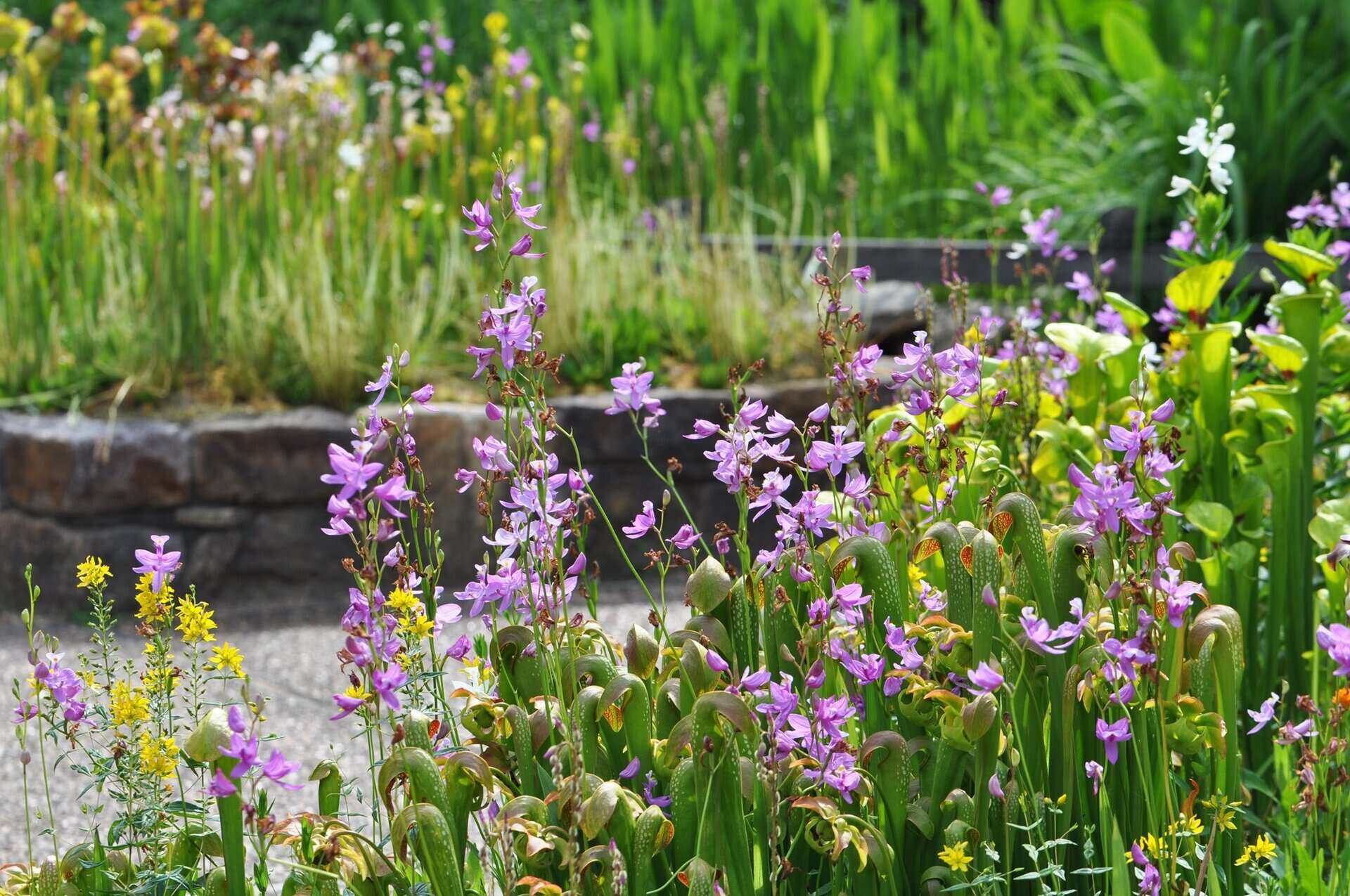
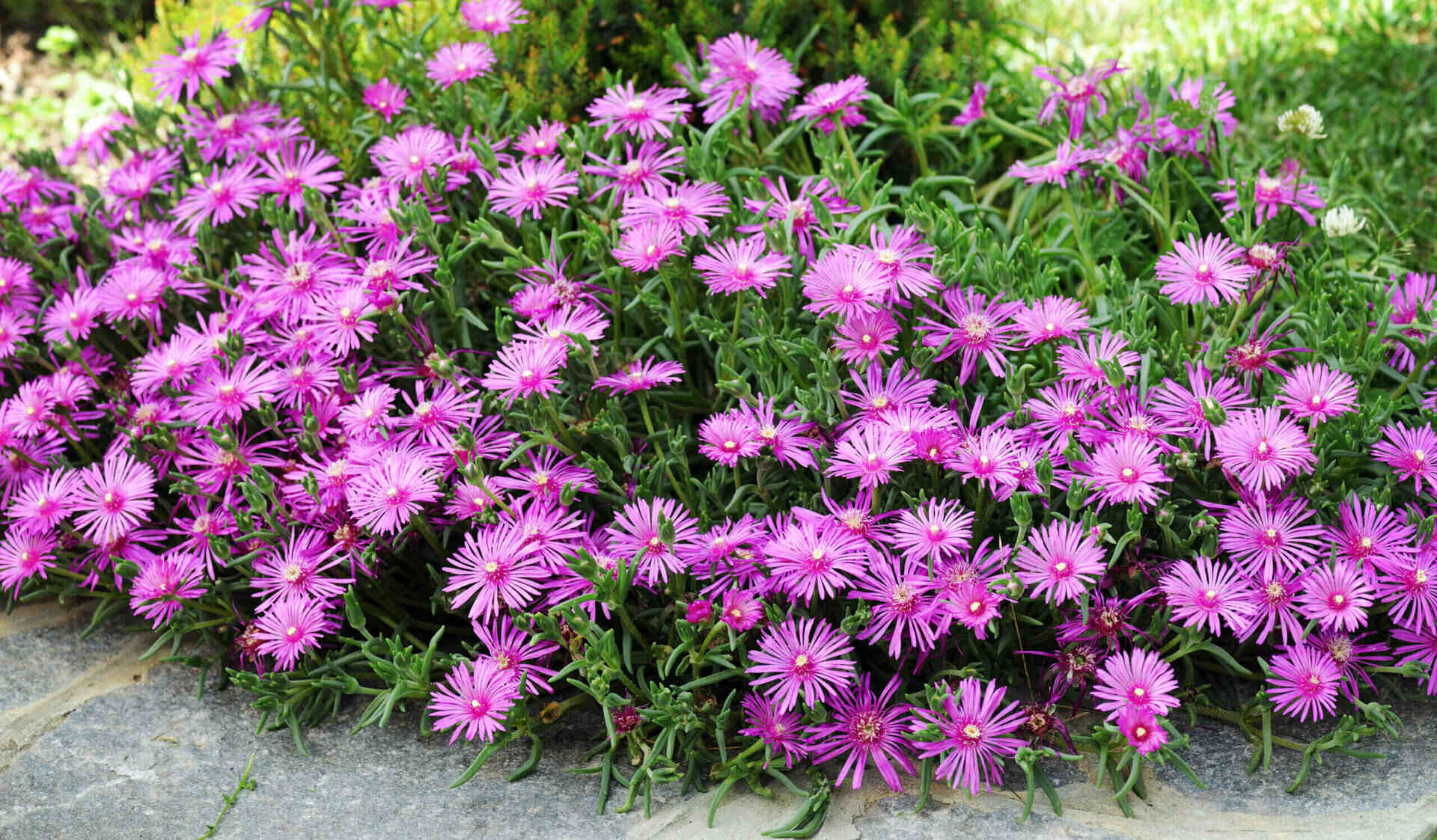
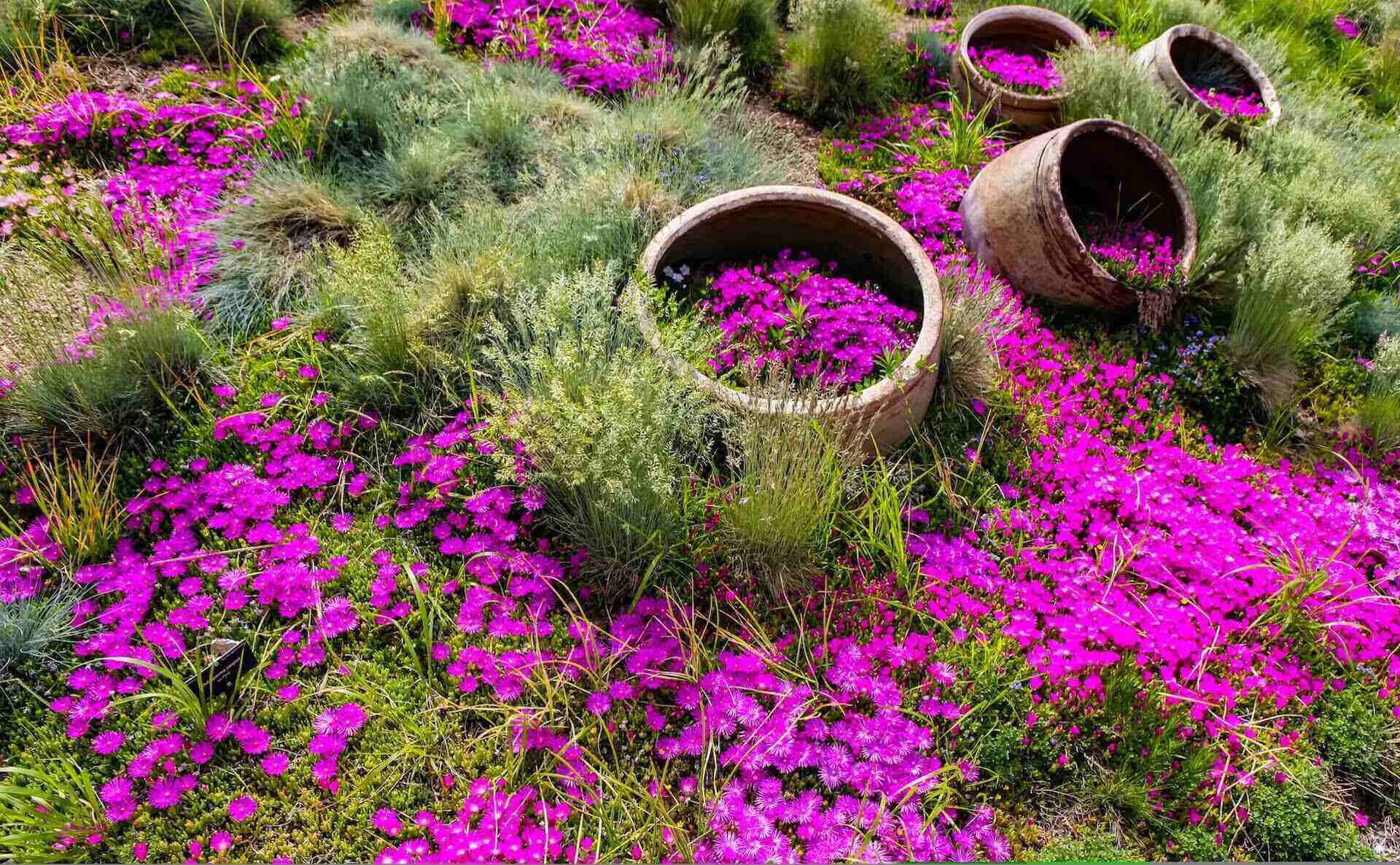
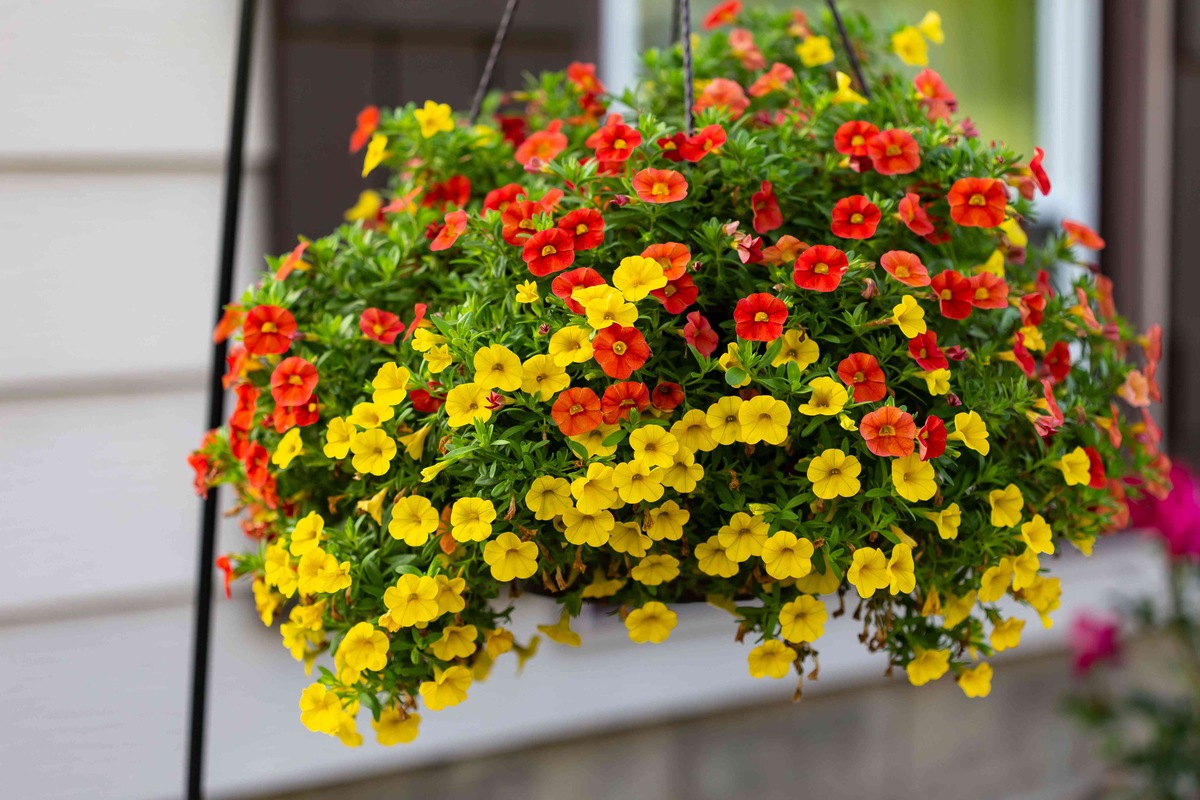

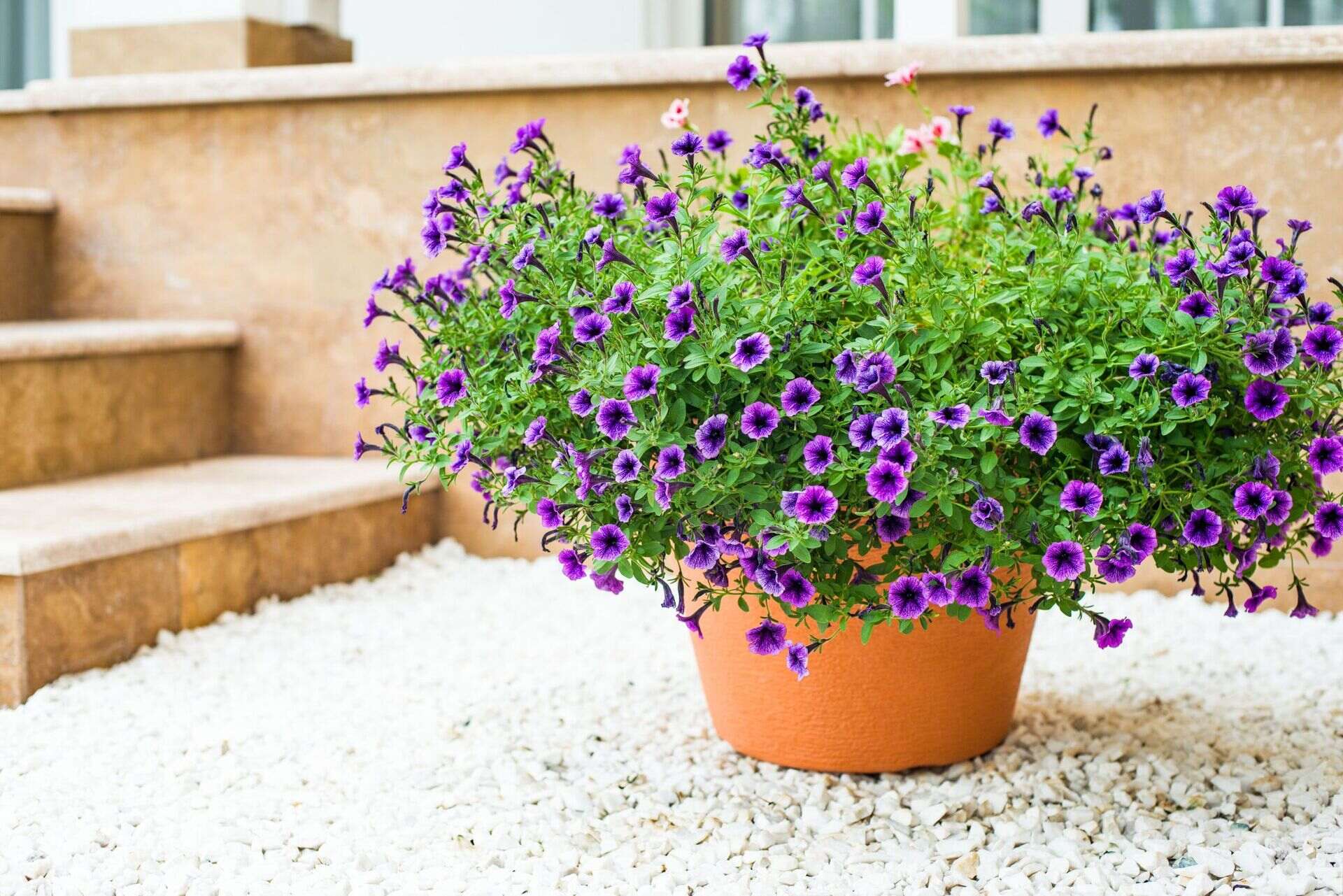
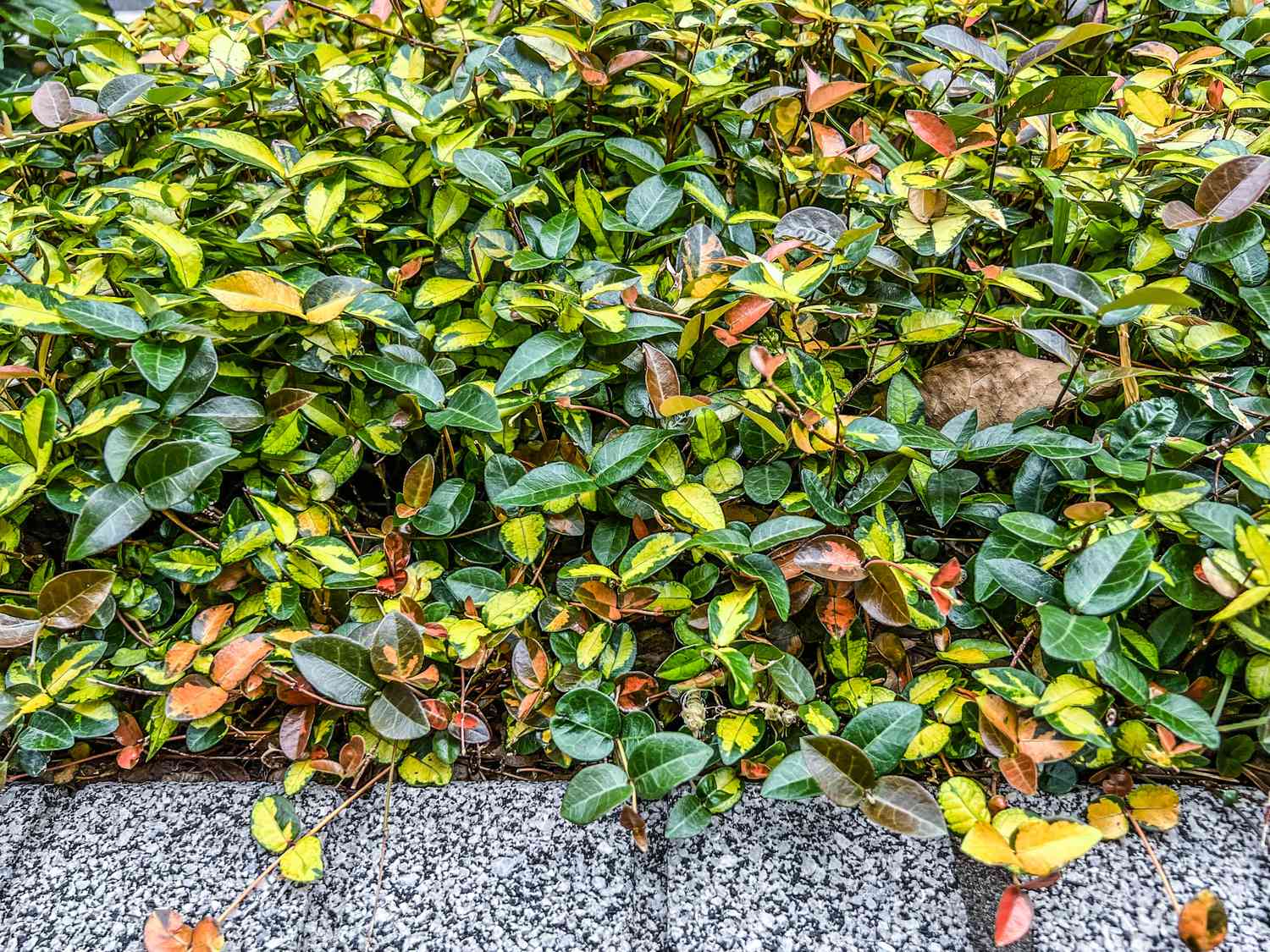
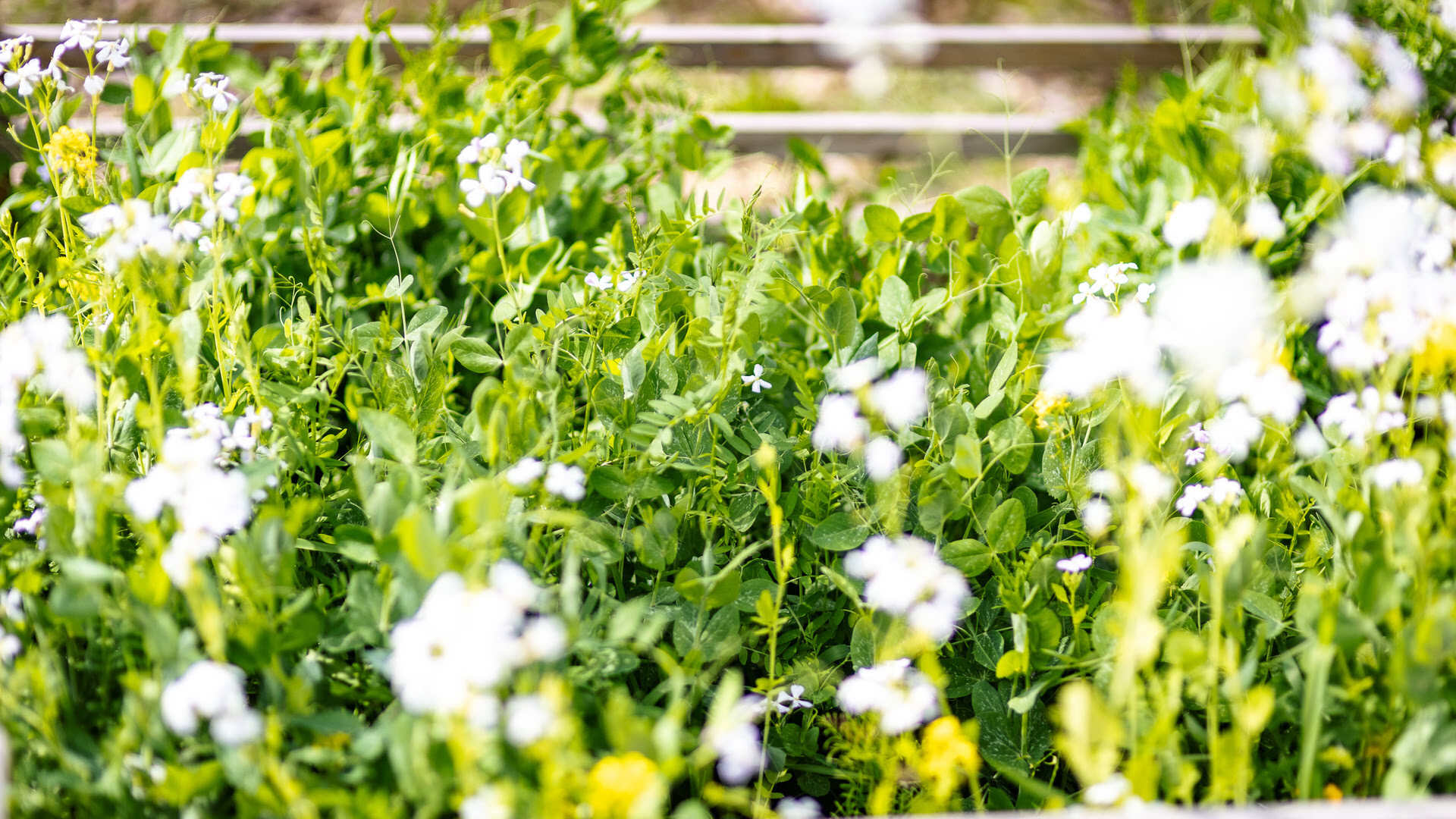
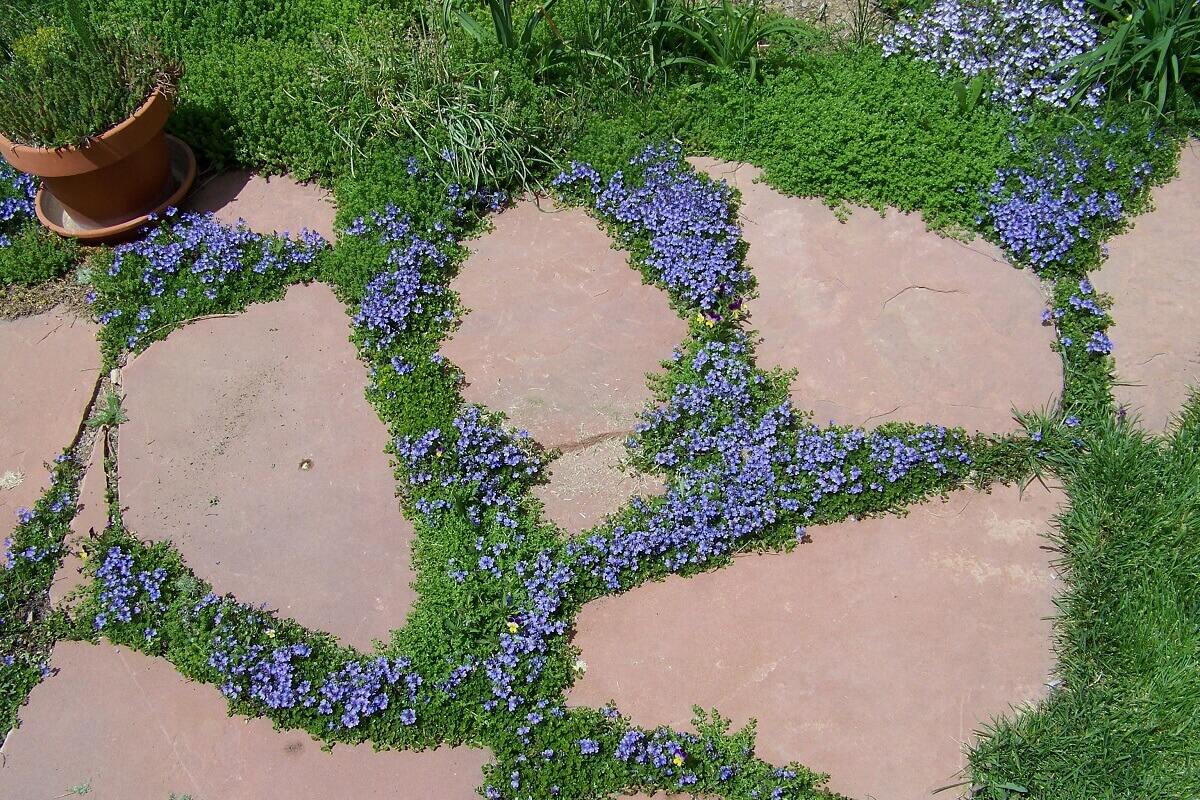
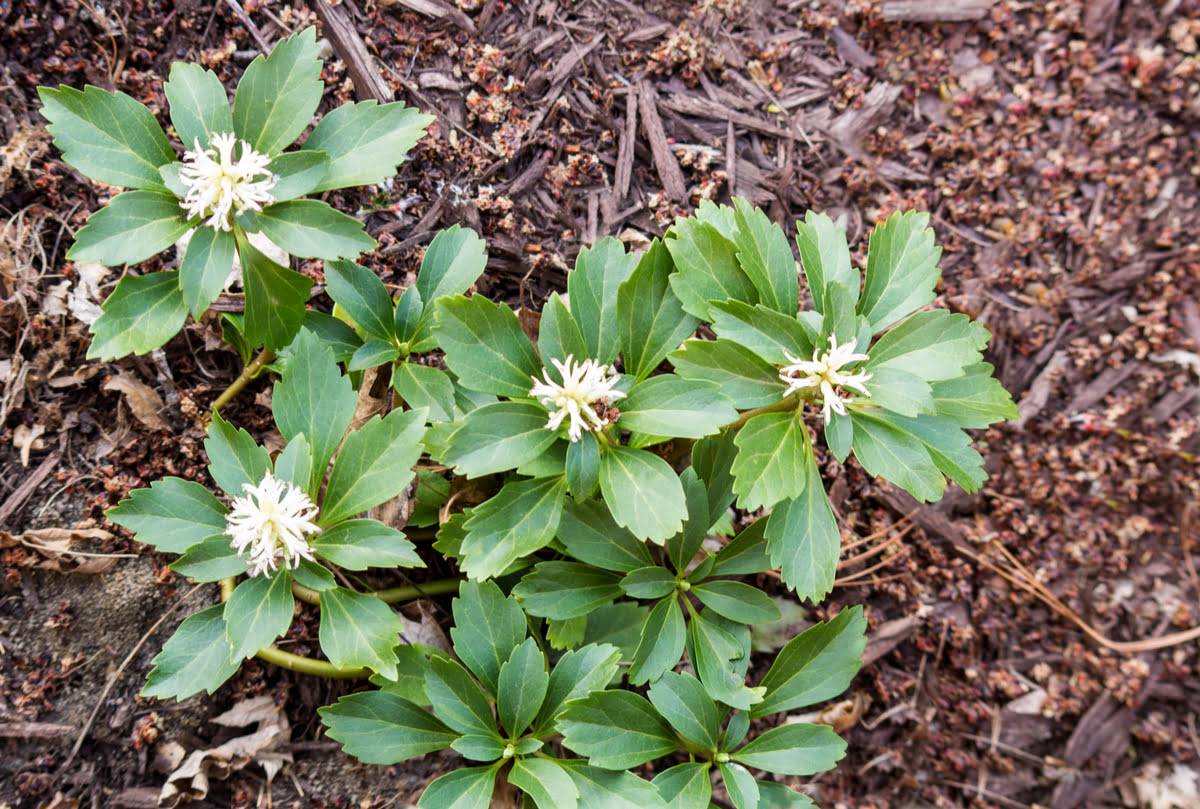

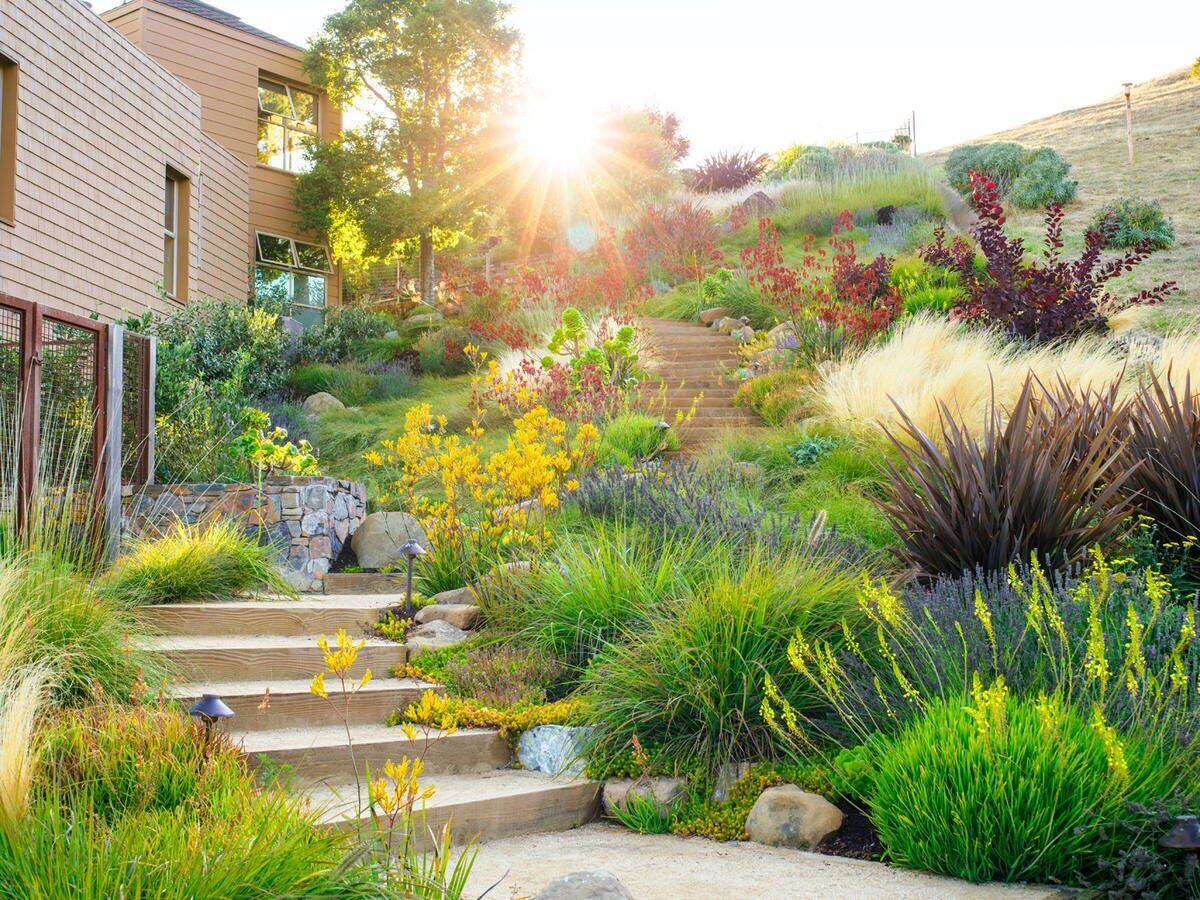

0 thoughts on “Which Ground Cover Is Best For Full Sun”